Beyond the Box: Exploring the Art of Print and Packaging Design
Introduction
In a world dominated by digital media, print, and packaging design remain timeless pillars of communication and branding. From a beautifully printed brochure to an intricately designed product box, these mediums engage the senses in ways that digital experiences often can’t replicate. For graphic designers, print and packaging are not just about aesthetics—they’re about creating tactile, memorable experiences that connect brands with their audiences.
This blog delves into the fundamentals of print and packaging design, highlighting their importance, creative process, and the unique challenges they bring to the table.
The Importance of Print and Packaging in Graphic Design
Tangible Storytelling
Unlike digital designs, print and packaging engage the sense of touch, creating a physical connection between the audience and the brand. A luxurious paper texture or a clever unboxing experience can leave a lasting impression.
Brand Identity in 3D
Packaging is often a customer’s first interaction with a product. The design communicates the brand’s values, promises, and uniqueness, making it a critical component of marketing.
The Power of Permanence
Print materials like business cards, magazines, and posters offer a lasting presence. Unlike digital ads that can vanish with a swipe, print items linger, reinforcing a brand's message over time.
Key Elements of Print and Packaging Design
- Typography: Choosing the right fonts for legibility and brand personality is crucial in print design.
- Color Psychology: Colors evoke emotions and influence decisions, whether it’s the eco-friendly greens of sustainable packaging or the bold reds of a luxury brand.
- Material and Finish: From matte lamination to foil stamping, the choice of materials and finishes can elevate a design, making it feel premium or eco-conscious.
- Functionality: Packaging must protect the product while being easy to handle, store, and recycle. A balance between creativity and practicality is key.
- Sustainability: Modern consumers value eco-friendly designs. Biodegradable materials and minimalist designs reflect environmental consciousness.
The Process of Designing for Print and Packaging
- Understanding the Brand: The design process begins with understanding the brand’s personality, target audience, and goals.
- Prototyping: Designers often create mockups to visualize how the design works in a 3D space.
- Pre-Press Preparation: Before printing, designers ensure the artwork has the correct resolution, color settings (CMYK), and bleed areas to avoid errors.
- Collaboration with Printers: Working closely with printers ensures the design is executed flawlessly, whether it's a small batch of labels or mass-produced packaging.
Challenges in Print and Packaging Design
- Technical Limitations: Designers must account for printing constraints, such as color accuracy and material compatibility.
- Cost Balancing: Striking a balance between design ambition and budget constraints can be challenging.
- Sustainability: Incorporating eco-friendly practices without compromising design appeal is a growing challenge in the industry.
Conclusion
Print and packaging design are more than just visual elements—they’re powerful tools for storytelling, brand communication, and creating memorable experiences. For graphic designers, these mediums offer endless opportunities to combine art, strategy, and innovation.
You Might Also Like
Unlocking the Power of Color: A Guide to Color...
Breaking Down Creativity: A Graphic Design Case...
Stay Tuned
Stay up to date with our latest courses.













.png?width=130&height=53&name=image%2027%20(1).png)

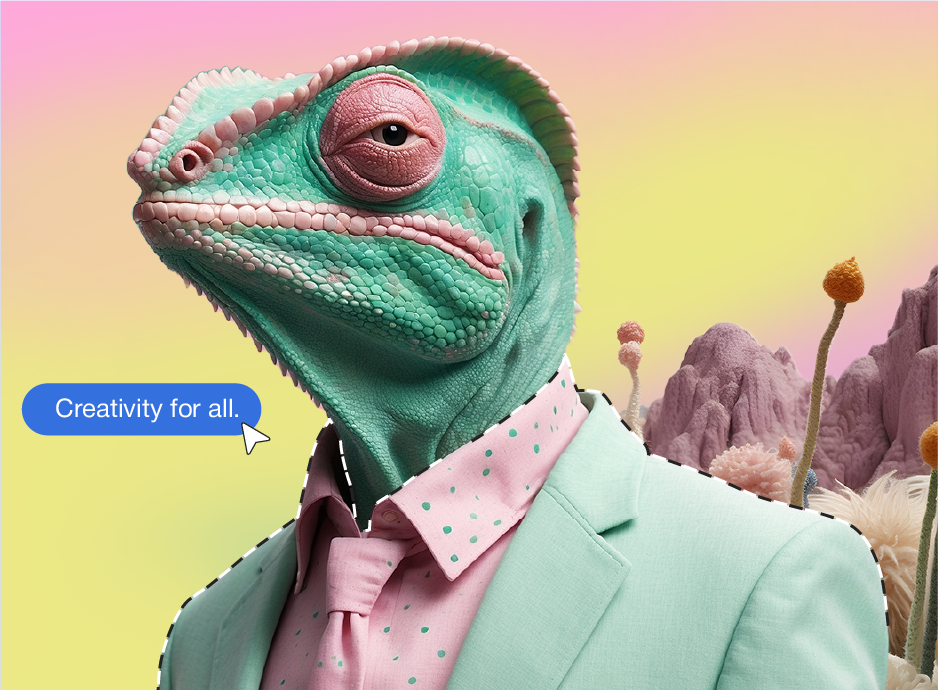
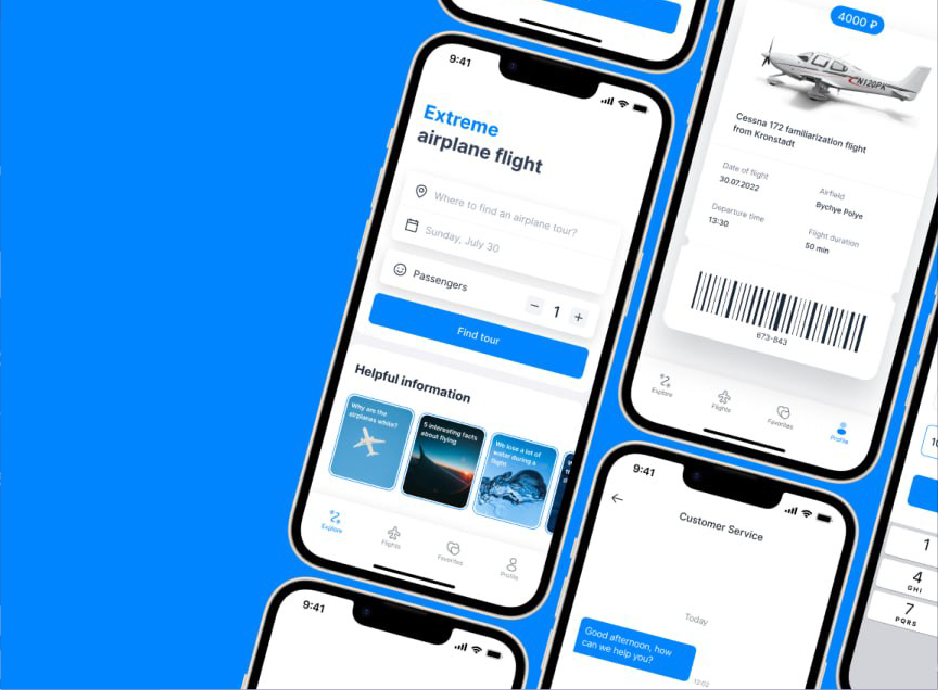



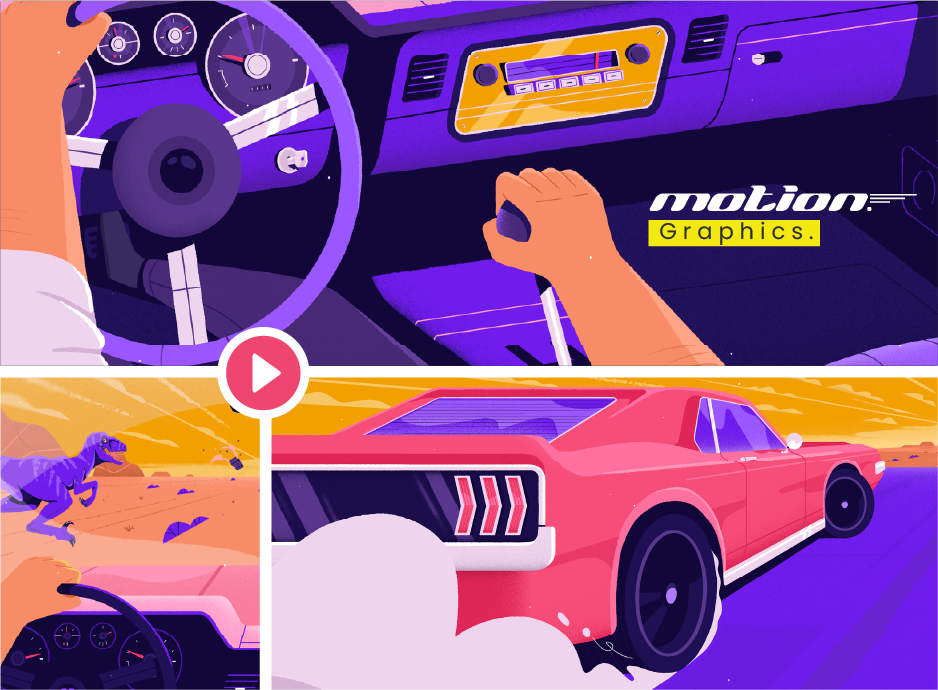
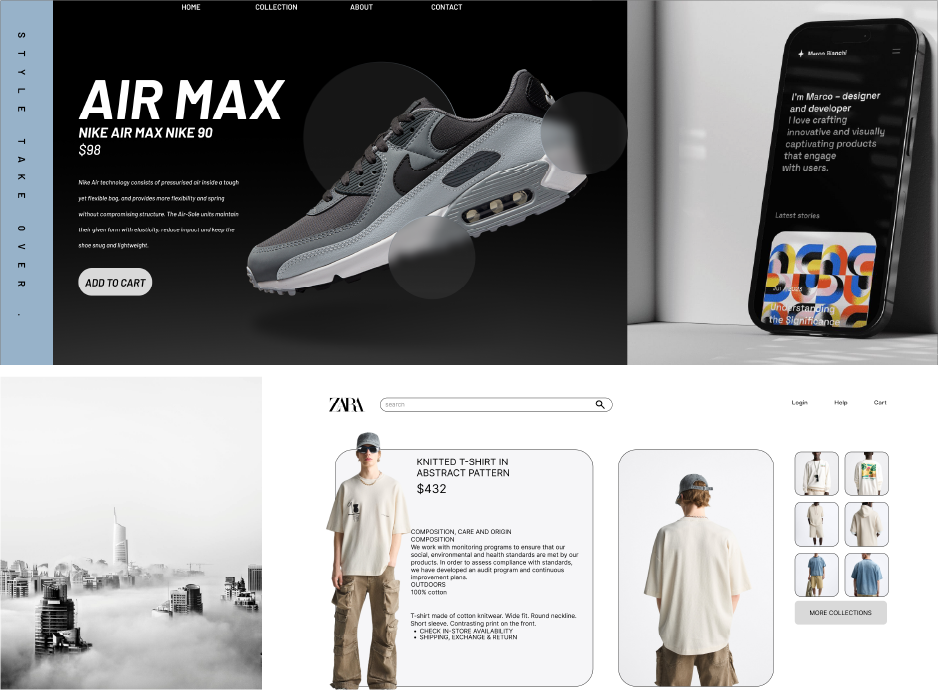

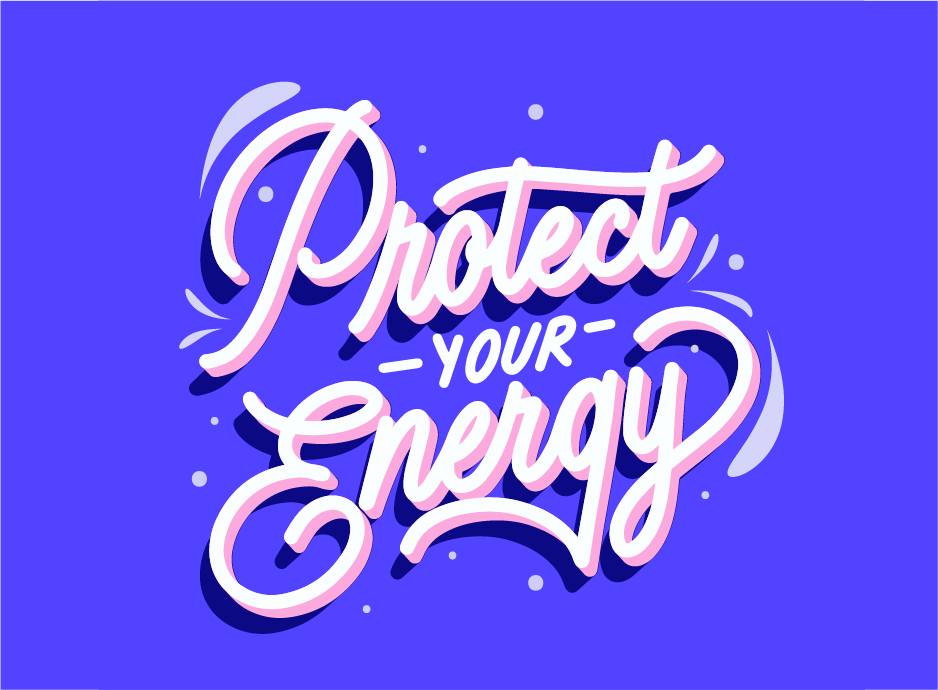

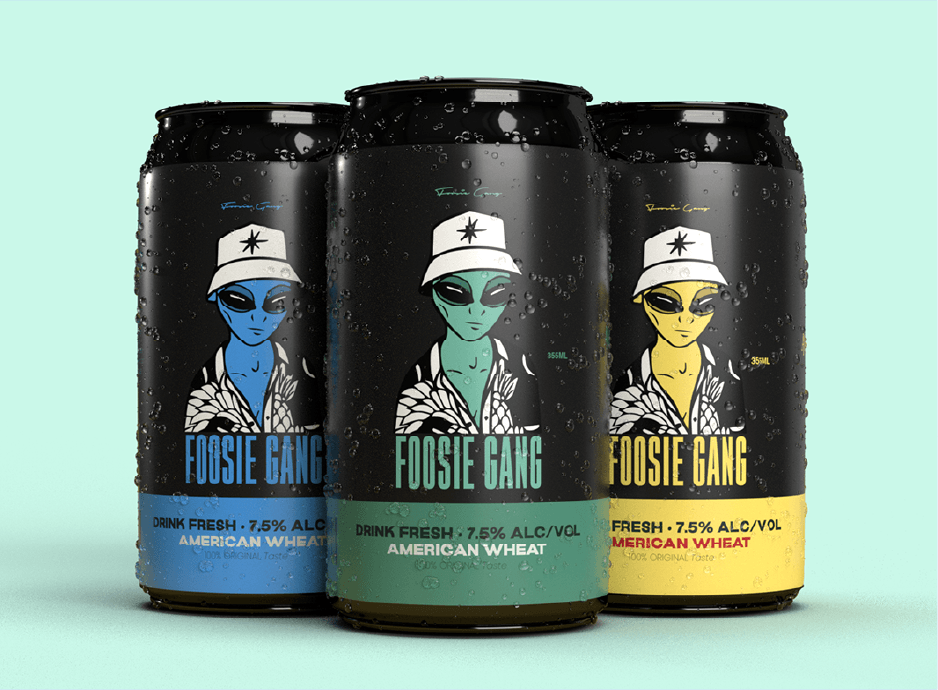
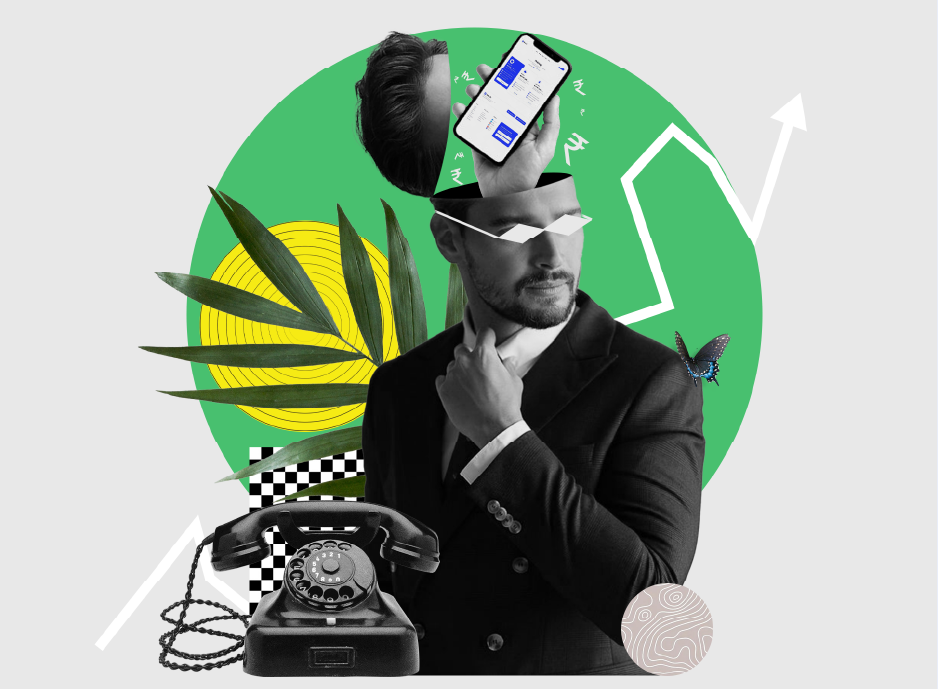

.jpg)
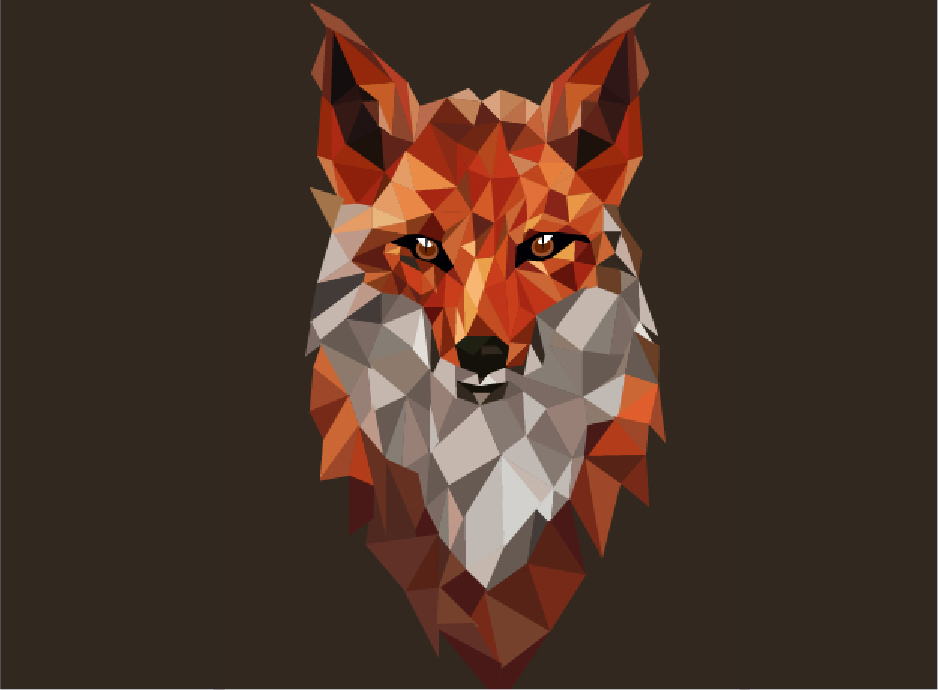
BOOK A FREE CONSULTATION